
“Art moves you before you understand why.”
-Donald Anderson.
As members or supporters of SRI, you will recall the history seeded in the name of our organization. This namesake, the original Renaissance, is often described as a period of explosive cultural growth that spread throughout Europe over the course of several centuries. Collaboration between artists, thinkers, builders, and generous benefactors during the Renaissance left humanity with gifts of indescribable value. And many of the most oft-cited of these gifts come in the form of art. Art defined the old Renaissance, so we imagine you may want to know: How exactly does art play a role in the Space Renaissance?
Our guest speaker this last Monday June 6, sought to provide help in answering this very question, by his beautiful lecture “Exploring the Boundaries of Art, Design, Aerospace Engineering & Popular Culture”. See it on the Space Renaissance Youtube channel.
Aldo Spadoni, an aerospace engineer and self-taught artist, honored the Space Renaissance community by giving a talk on the role of art in advancing space exploration. Spadoni has decades of professional experience working as both a NASA engineer and as an artistic/technical consultant for the entertainment industry. The list of cinema projects alone to which he has contributed as an advisor include Iron man I (and II), Apollo 13, Supernova, and Stealth.
Mr. Spadoni spoke about the origins and roles of the International Association of Astronomical Artists (the IAAA). The association, of which he is currently the President and Chairman of the Board of Trustees, was founded in 1982 by a small group of artists with experience and interest in both space-related STEM fields and art. Now numbering nearly 200 members, the group seeks to provide a collaborative platform and incubator of sorts to the artists of today who render images of space and the human exploration of it. They organize workshops, exhibits and projects to promote space art because, as is written on their website, “the mind of the human artist can go where a camera cannot (yet!).”
How do these efforts drive the space exploration movement forward?
Space art, claims Spadoni, helps us to “envision the unseen.” By this he means two things: the first is that art can literally help us to envision the possibilities of space travel. The second is that it can be a useful way to communicate things that resist understanding (unseen..in a. When well crafted, art can lead its audience to develop a better handle on complex ideas that might otherwise be closed to them. Art can tell stories. Art can ask its own questions and provide its own answers. Art often gives a clear form to things which struggle to be understood without it. In this way, as Spadoni shows, the hugely complex engineering projects required by space exploration can find a communicative voice through men and women of artistic talent.
Scientific efforts can be notoriously difficult to explain to the layperson, but as Spadoni showed us, even something with a mission as abstract as the National Radio Astronomy Observatory (NRAO) can be artistically presented in a coherent, compelling way. It seems that the role of art for advancing space exploration then, is in part to bridge the gaps between scientific experts and the layman in a field that can sometimes have trouble “selling itself.” Space Artists like Spadoni are, in this way, agents of synergy between engineers pioneering new technology and the rest of the world.
For those who seek to advocate for more widely pursued global space expansion, it may be helpful not just to see space exploration as a mission, but as a movement. When we make this analytical shift, the role of art becomes clearer. Human social movements do not happen without an inspirational and sustaining source, without some catalyst which sets the roots of the movement in the minds of those who interact with it. Art has continually proven itself as a useful and maybe necessary element of this catalytic force. Thus for the space exploration movement, Spadoni shows us, humankind may need art just as much as it needs astronautics.
Thank you all for your time and investment in SRI!
See you next time,
Cole Armagost, SRI Editorial Staff
Want to comment this letter?
Join the Space Renaissance Open Forum: https://groups.google.com/g/sri-open-forum
Participate to the Space Renaissance Art & Science Festival
at Archenold Observatory, in Berlin 7-9 July 2022
https://spacerenaissance.space/space-renaissance-art-science-festival-berlin-7-9-july-2022/
Want to work with us, for peace and civilian space development?
Join the SRI Crew, come on leading the Space Renaissance!
https://spacerenaissance.space/membership/international-membership-registration/
Want to be a Space Renaissance Ambassador?
Subscribe to the Space Renaissance Ambassadors Training Course
https://academy.spacerenaissance.space/space-renaissance-ambassadors-education-programme/
https://spacerenaissance.space/subscription-to-space-renaissance-ambassadors-course/
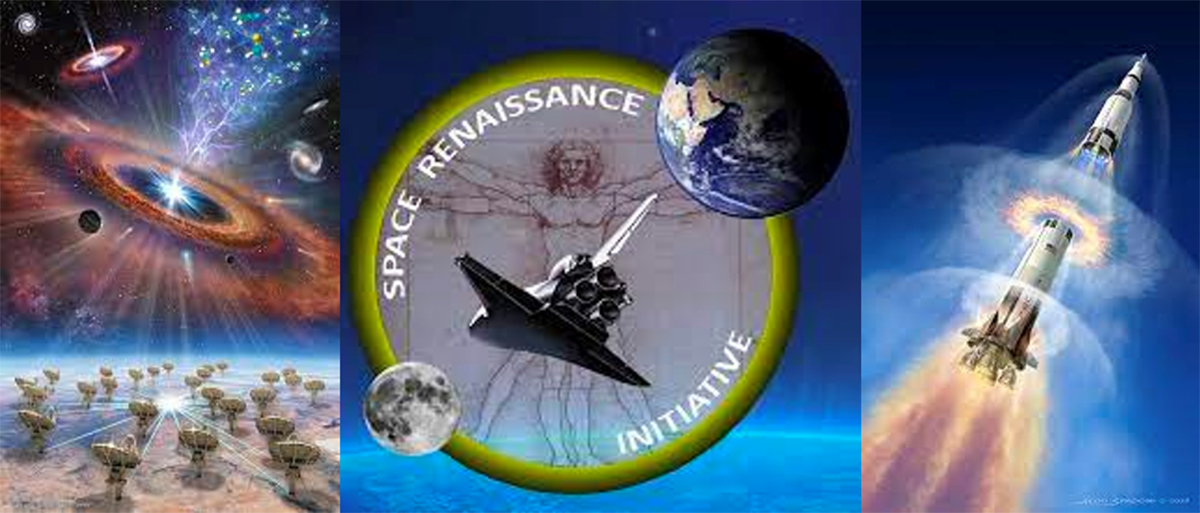
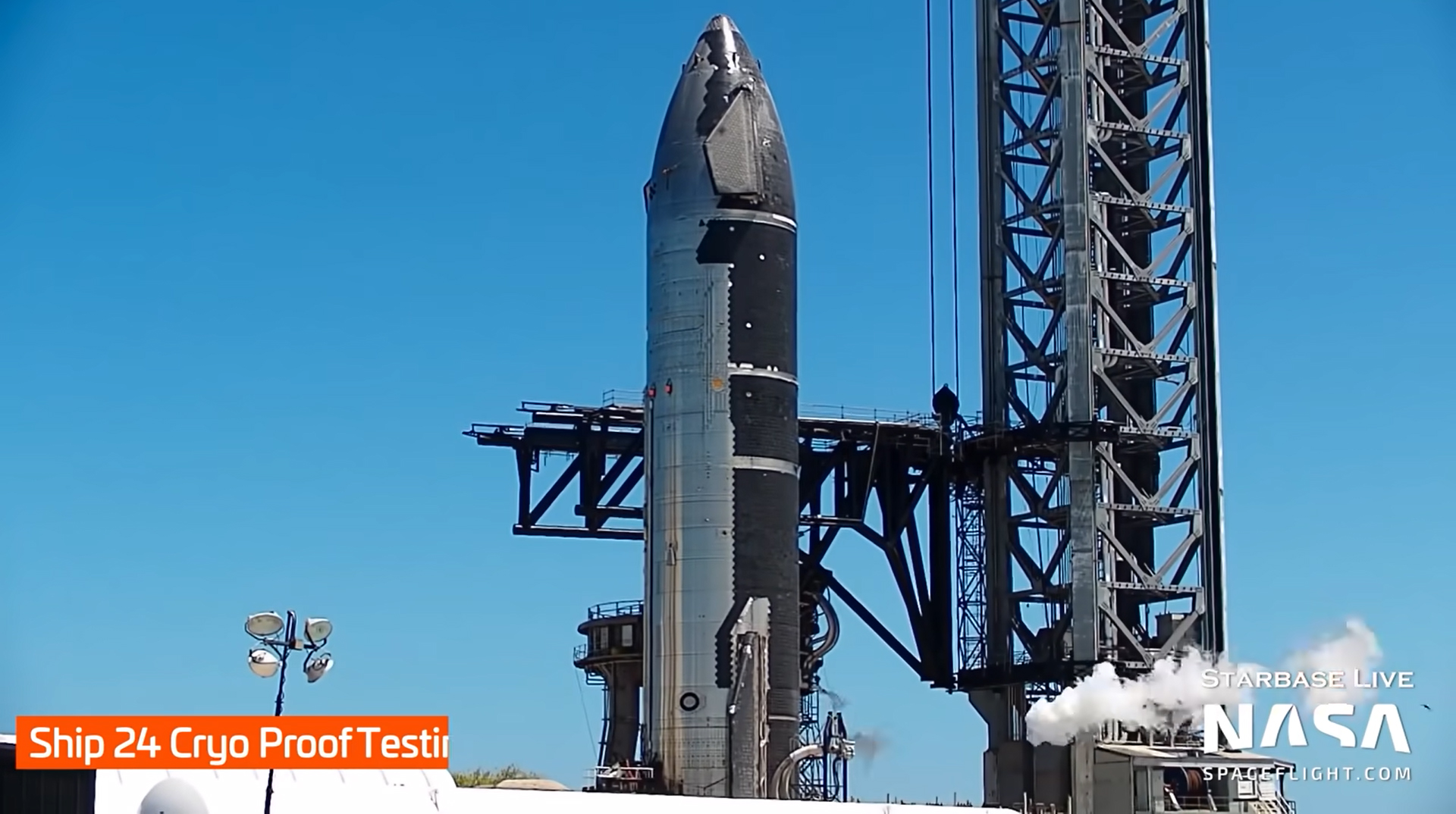

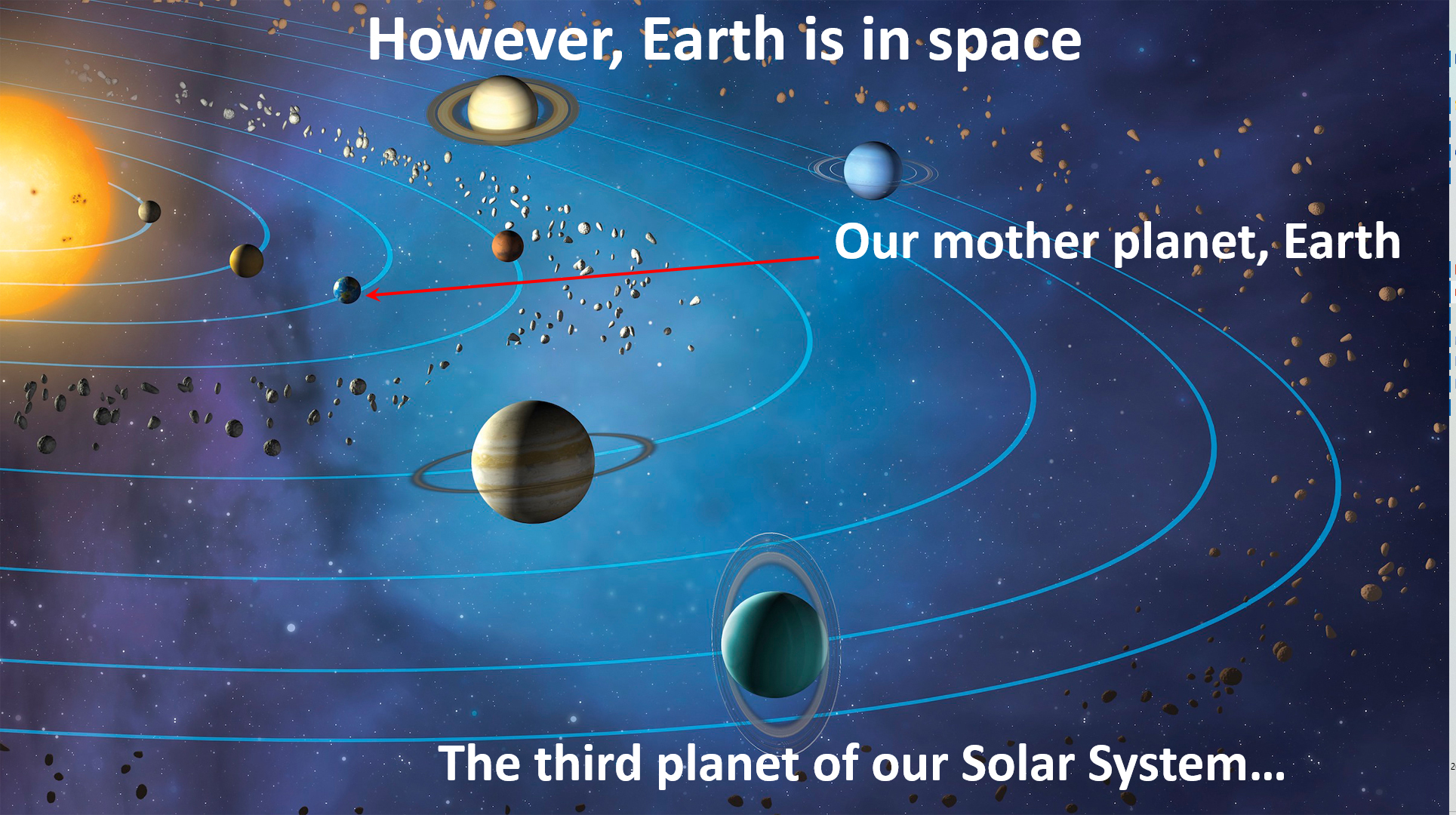

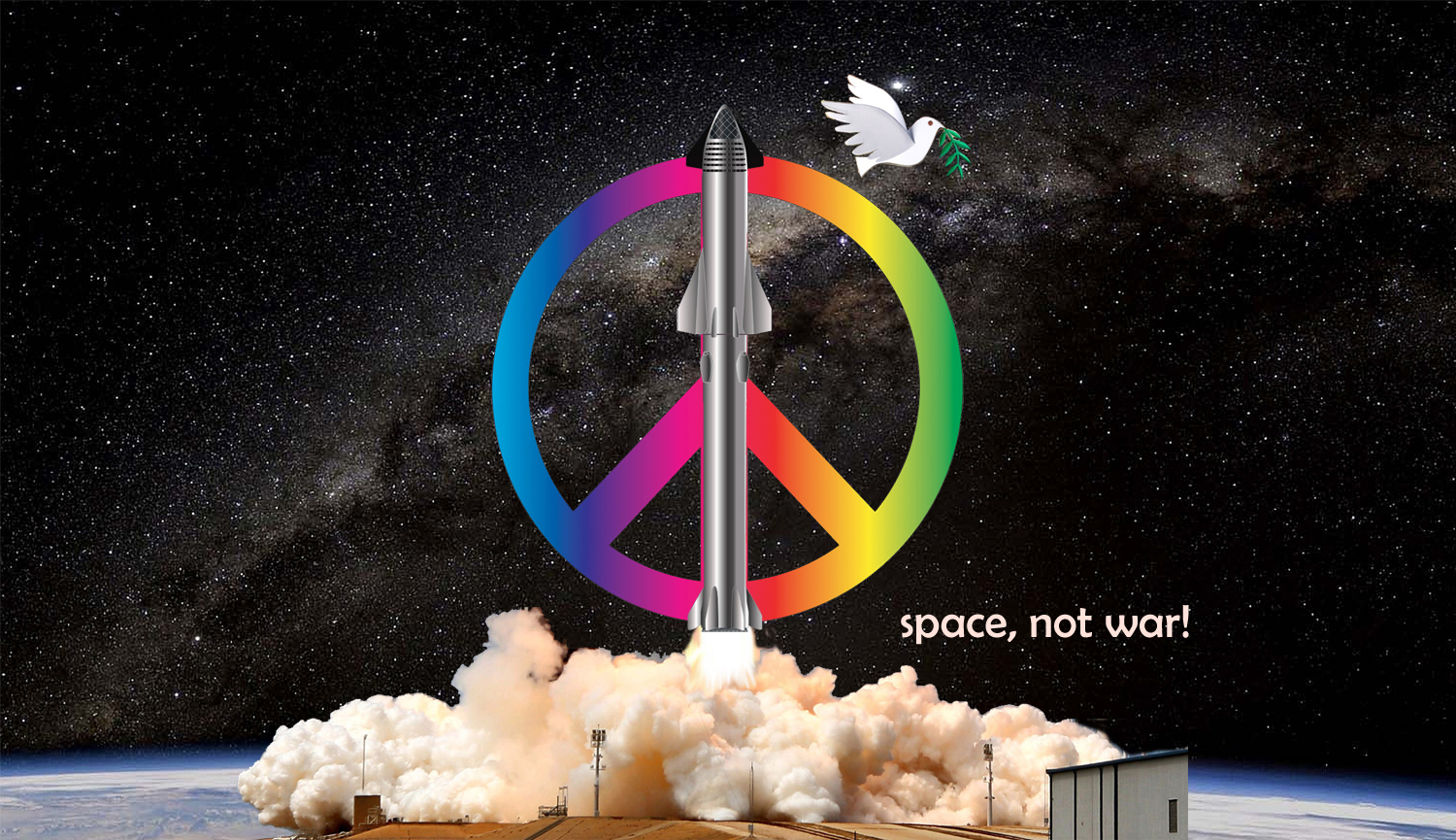

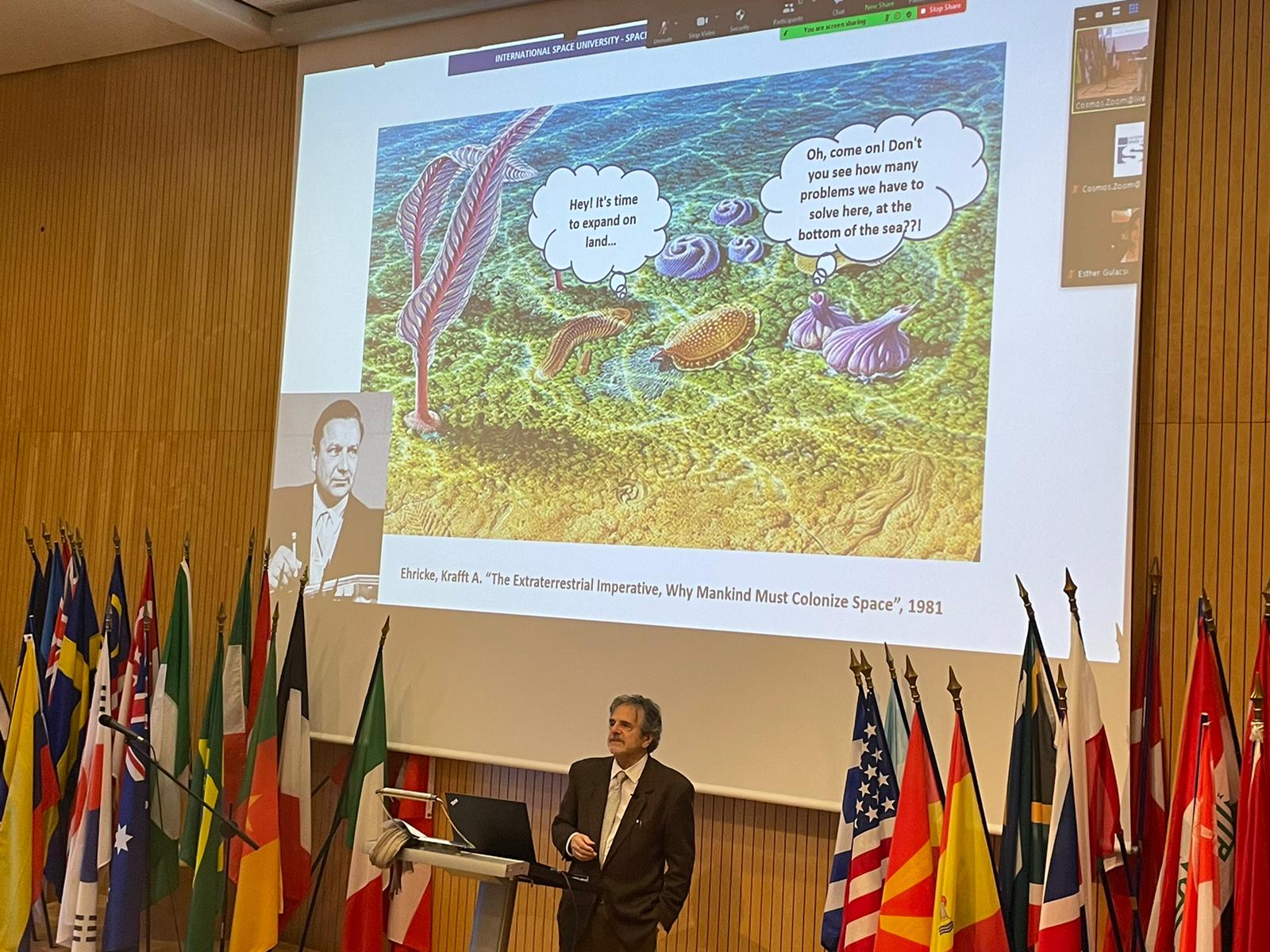
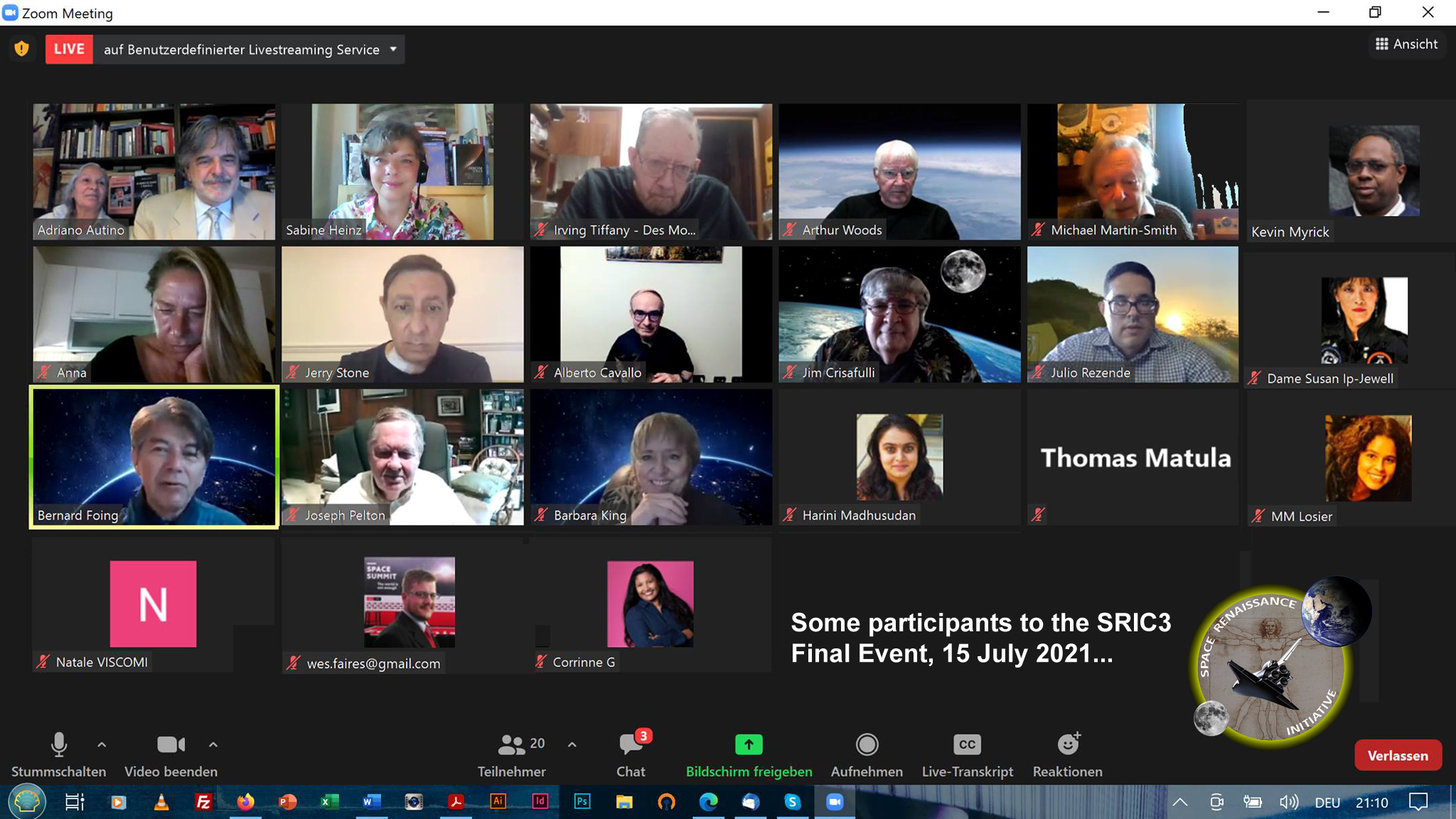

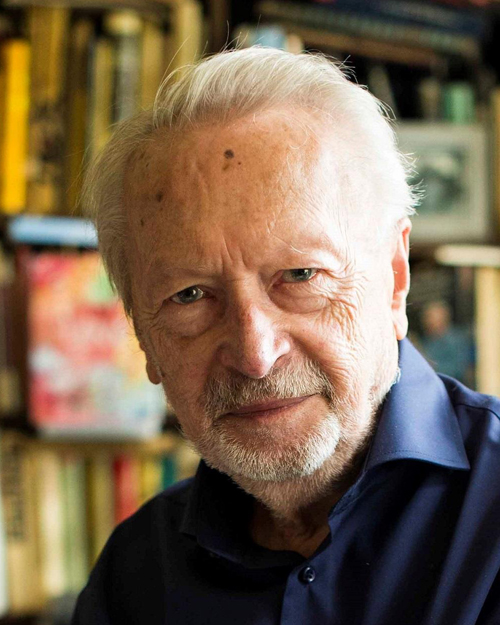
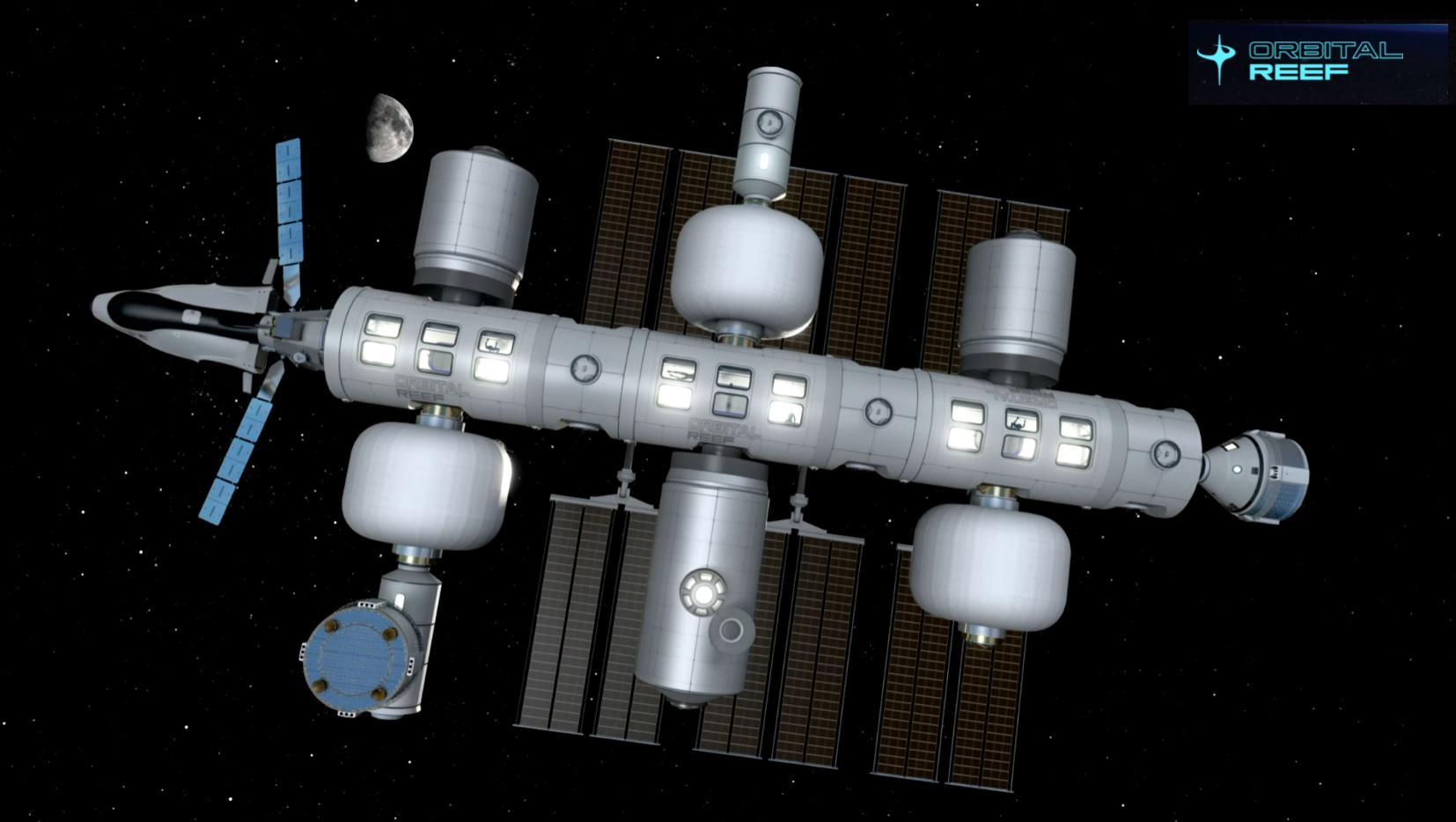

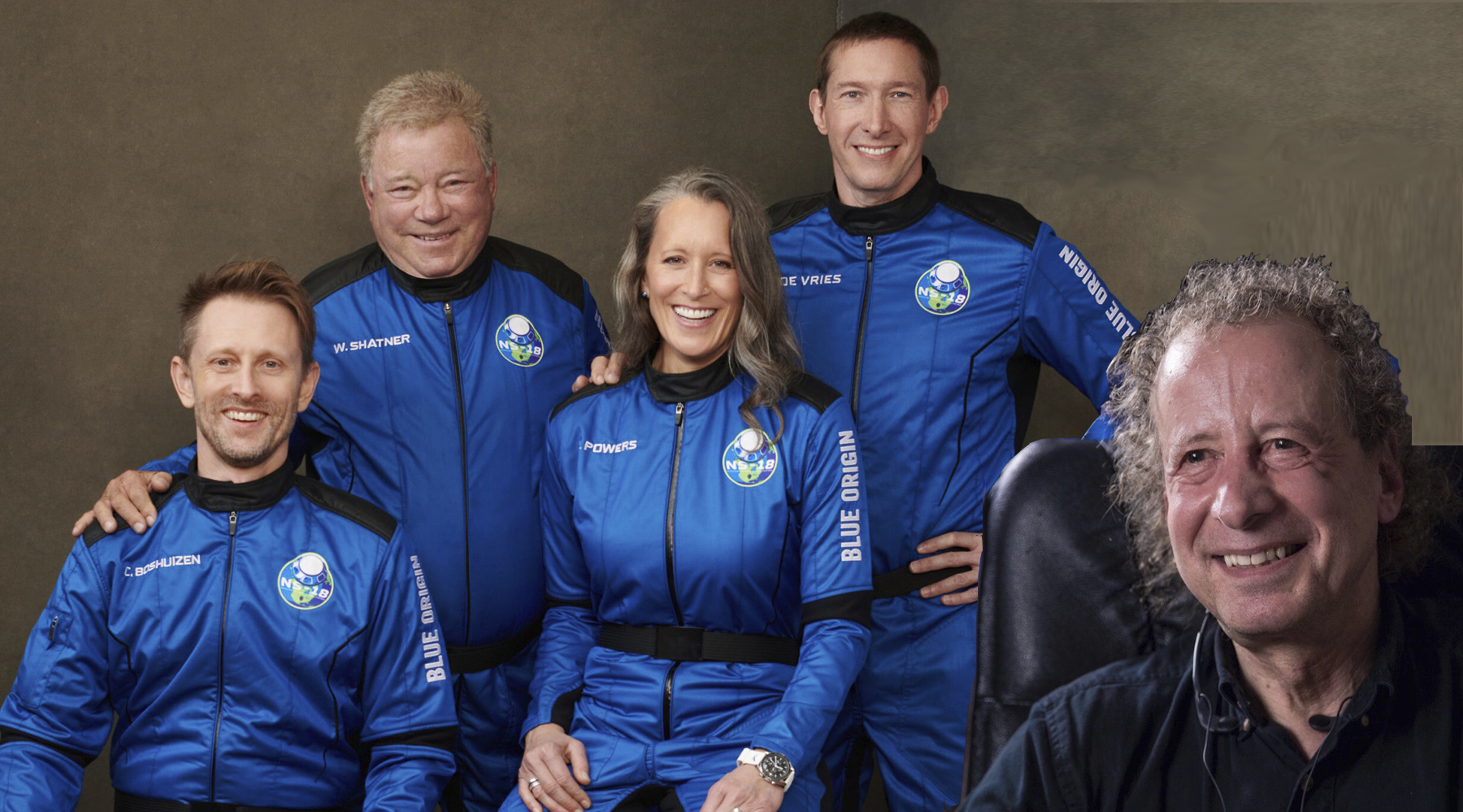

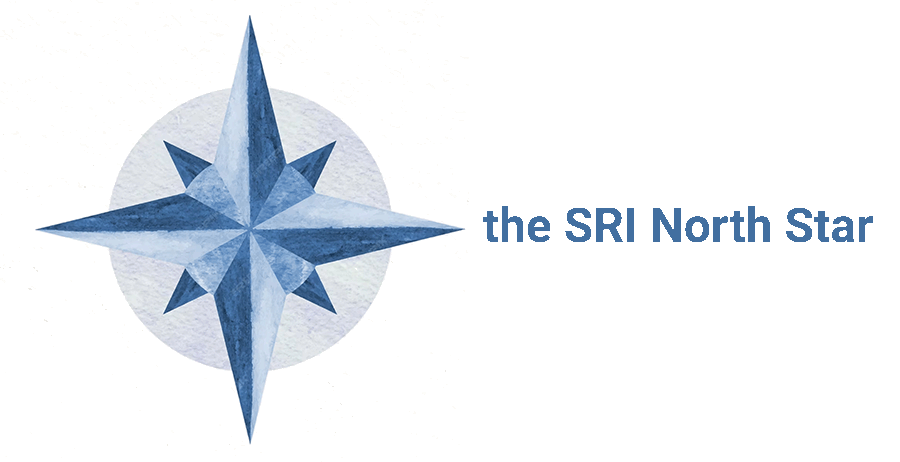

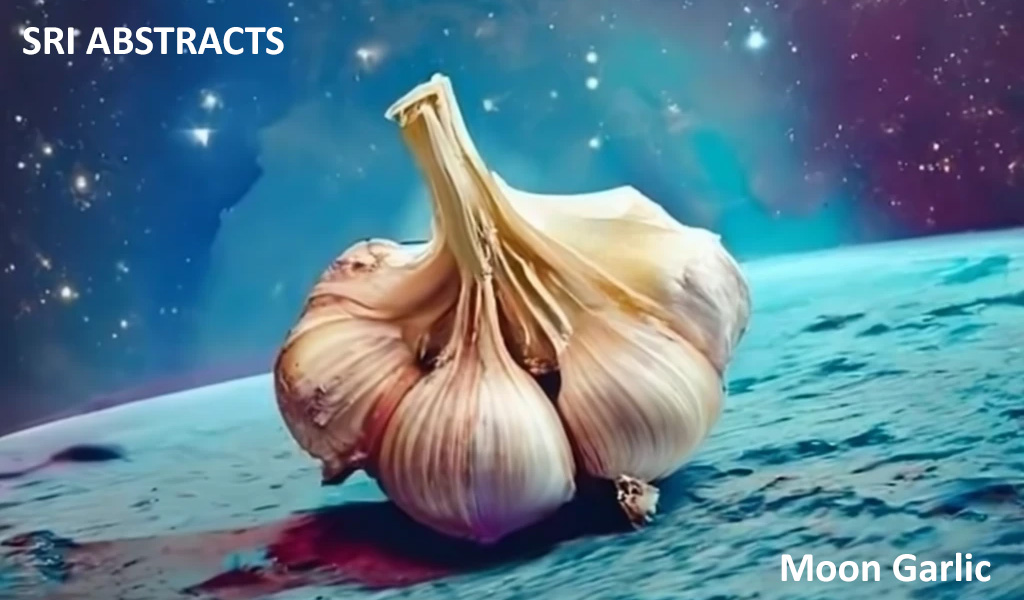



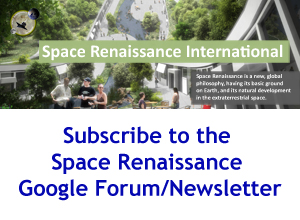
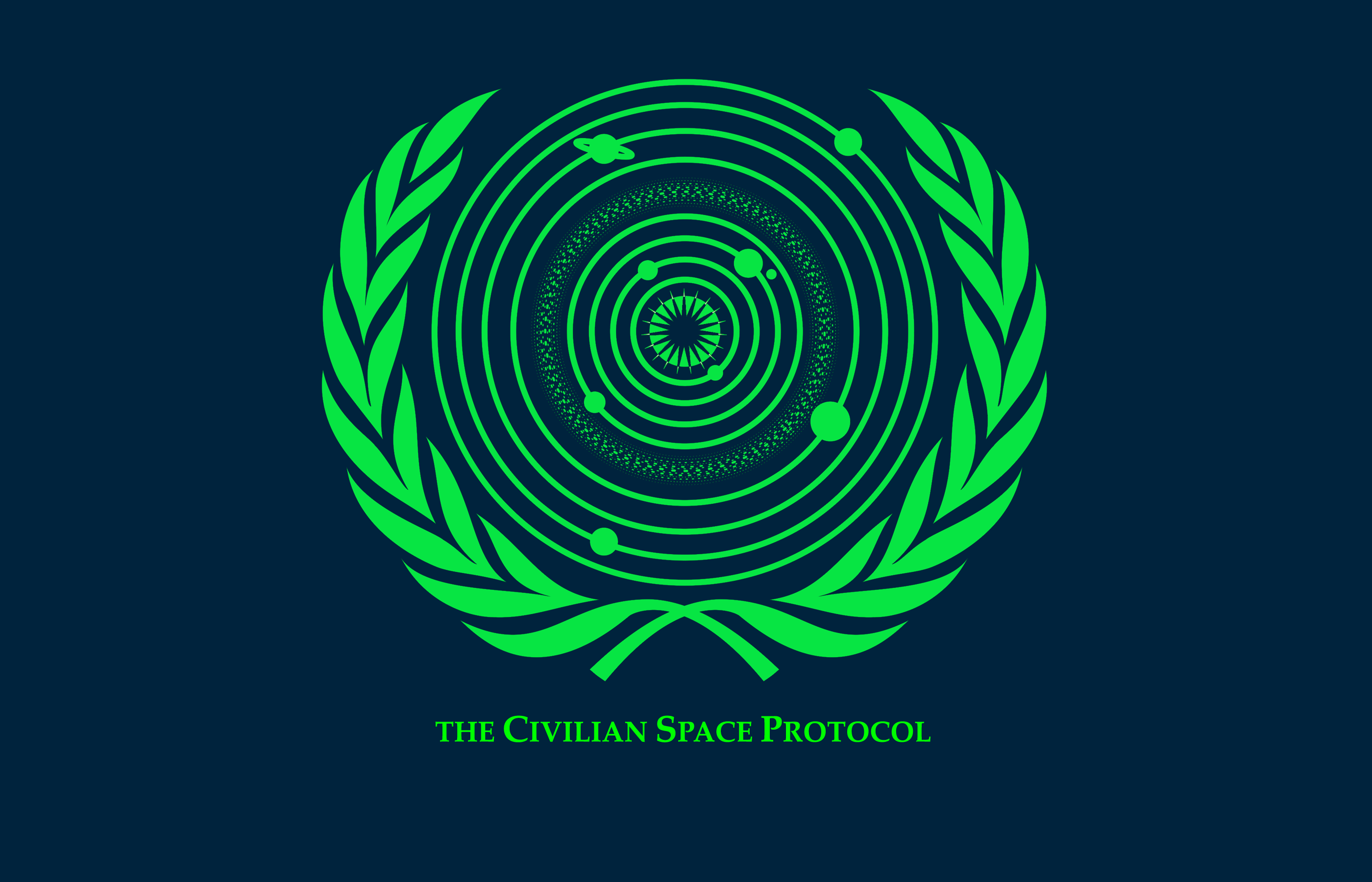
 Space Renaissance France (French Chapter of SRI)
Space Renaissance France (French Chapter of SRI)  Space Renaissance USA, Inc. (USA Chapter of SRI)
Space Renaissance USA, Inc. (USA Chapter of SRI) Space Renaissance (Italian Chapter of SRI)
Space Renaissance (Italian Chapter of SRI) Space Renaissance Academy
Space Renaissance Academy Space Renaissance Initiative Group
Space Renaissance Initiative Group